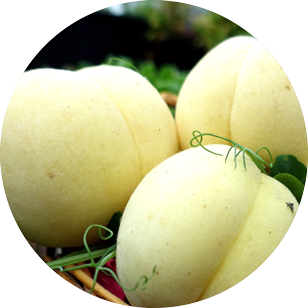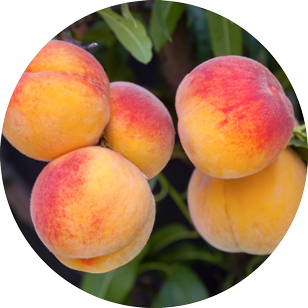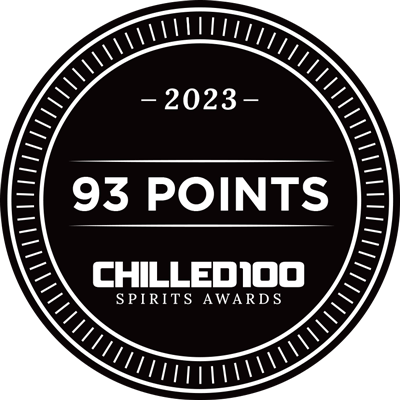The History
13th Century to 18th Century
Each period has its forbidden fruit, after the apple came the pear. From Arnaud de Villeneuve (13th century) to Gabriel (18th century), the peach has engendered some distrust. Since that time, and for the greatest pleasure of our taste, we can eat the soft skin of this fruit with multiple benefits.
The peach comes to us from distant lands: traces of its presence in China are found approximately 500 years before the common era. And from Persia (the origin of its name "Prunus Persica"), it reached the West, over the course of centuries. In Provence in the past, the peach tree often was seen as therapeutic, an aspect that has now been completely forgotten. In medicine, its leaves, flower and seeds, as well as the sap of the peach tree were used. The leaves and flowers were used for their laxative, diuretic, calming and deworming properties. The peach itself was soaked in wine and used for its aperitif properties... the aperitif as a potion became the aperitif for pleasure.
The name RinQuinQuin in Provençal means an invigorating drink (from the verb requincilhar: strengthening). This was frequently the way that one's aperitif or digestive were named. This aperitif, as surprising as it is delicate, comes from a family recipe refined by Distilleries et Domaines de Provence to give it the colors and flavors of Provence.






